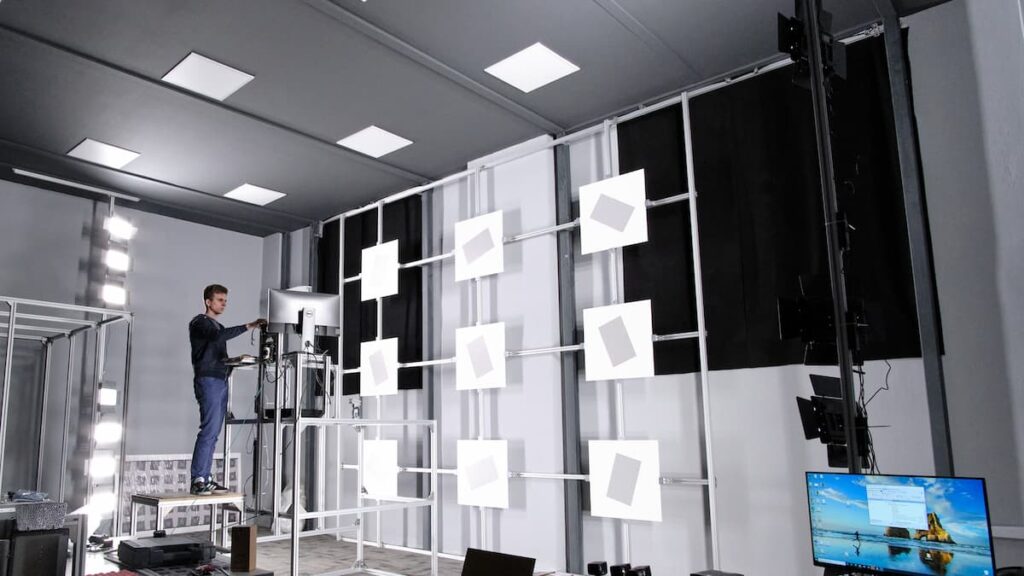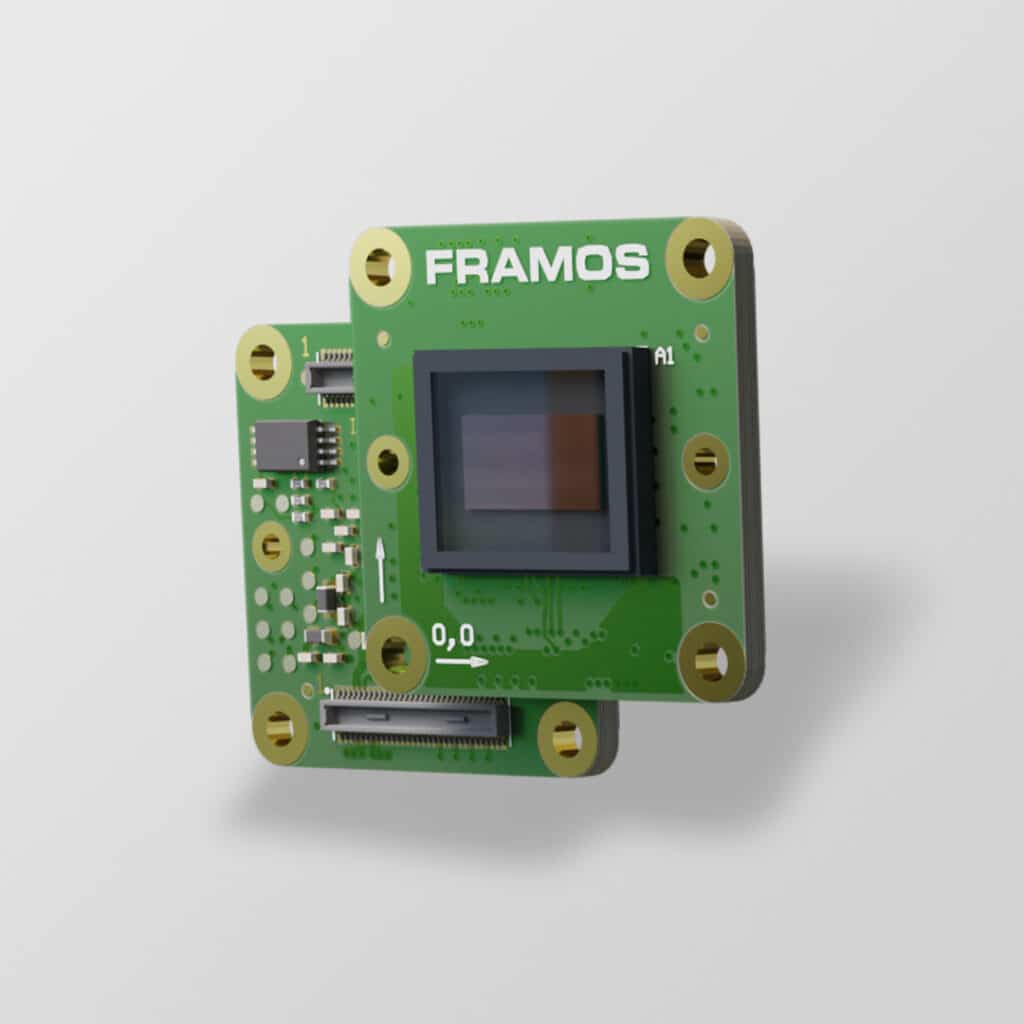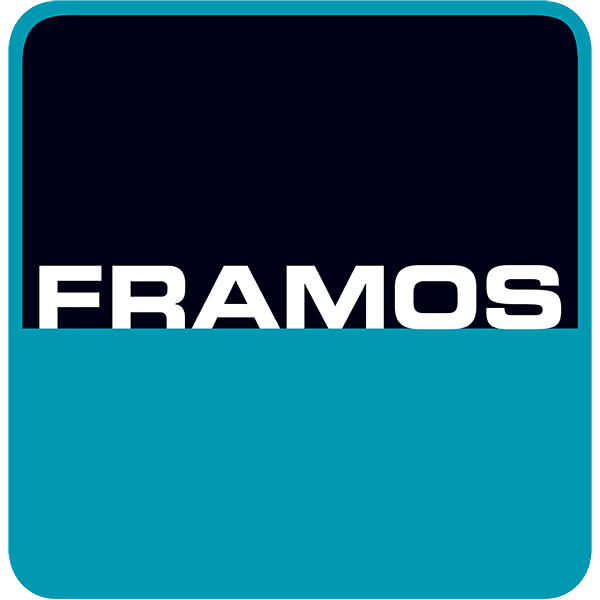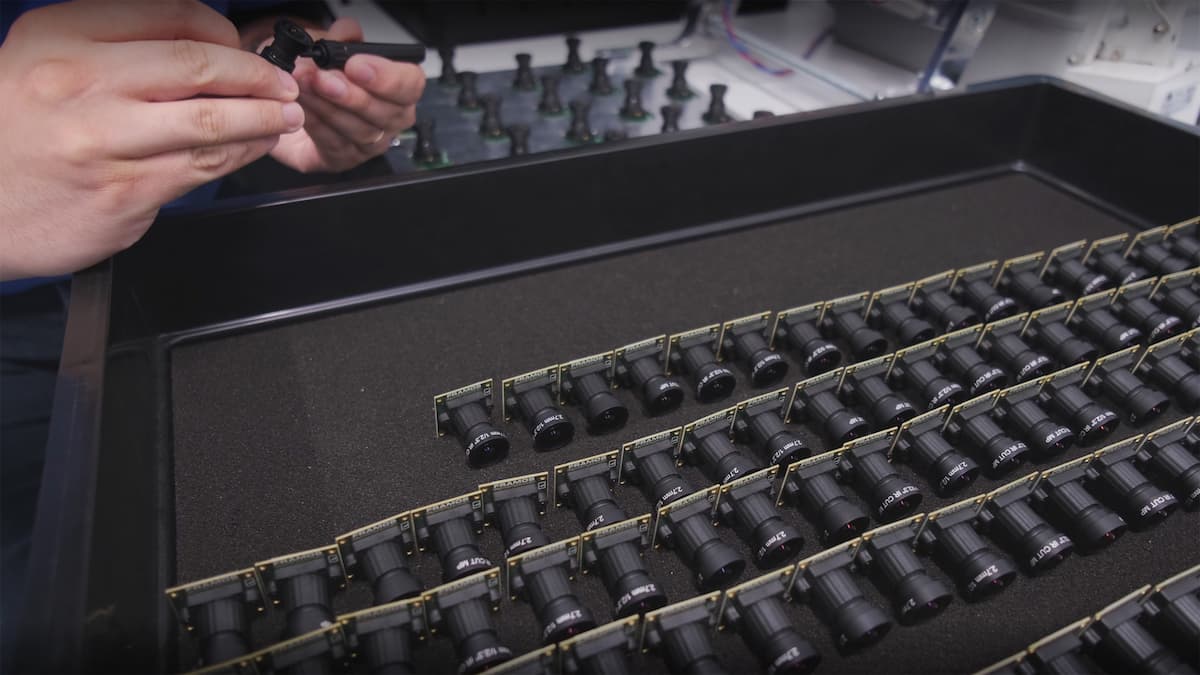If you need to source or develop a new vision system, you’re immediately faced with a dilemma: can you source an off-the-shelf product that will perform adequately for your desired application, or should you build your own? We’ve addressed some of the technical aspects of that question in our white paper: To Build or to Buy – The Vision System Builder’s Dilemma.
Developing a vision system requires experienced hardware engineers, software developers who are experienced in working with data communications protocols and device drivers, and access to specialists with a background in optics, image data encoding, and image tuning.
If you can’t source an adequate off-the-shelf solution, you may have no choice but to build your own vision system. However, there are ways to minimize your exposure to risk while reducing your time to market with a function product.
You can leverage support from distributors and suppliers to help you determine the best combination of sensor technology and optics for your application. You can also offload some of the more routine design and engineering expense by purchasing modular components that are common to all vision systems – like sensor modules or optical modules – for which owning the IP won’t provide any competitive advantage.
One way to minimize risks is to look for industry partners to help support you when developing your vision system. Here are 5 services your building partner should be able to provide:
Selecting the right image sensor
The image sensor is at the heart of a vision system, and dictates many of the other design choices, including the selection of optics, data transport protocol, and module design. In some cases, the choice of sensor is straightforward: If you simply require a low-cost color image sensor, you can select from a wide range of rolling shutter image sensors based on your required sensitivity and resolution.
However, this decision becomes more complex if your application requires capturing high-speed motion, or 3D sensing. There are lot of functional questions that have to be answered. For high-speed applications, a global shutter sensor might provide the performance you need, but present difficulty with regard to lighting requirements or the resulting data rate. You may decide to build a solution using an event-based sensor, or even a combination of sensors.
For 3D depth sensing, there are wide range of technologies available – each with its own strengths and weaknesses. Some technologies like indirect Time-of-Flight (ToF) sensors provide excellent performance within a wide range of working distances, but also confront vision system developers with engineering challenges, and functional limitations like sensitivity to ambient light.
Designing the optics for your vision system

The choice of lens and lens mount for your vision system is driven partly by your choice of image sensor, and partly by your required operating range and lighting conditions.
For a fixed operating range with a relatively small sensor size, an inexpensive screw-mount M-12 lens might be a good choice, but if your vision system requires a large image sensor and correspondingly large image circle, you may have to source a larger C/CS mount lens. Your operating range, and changes in lighting conditions may dictate whether you use a lens with a manual or automatic aperture.
Some sensor technologies, like SWIR sensors, require specialized lenses with elements made using Germanium or other specialized substrates. For low-light applications, you may require lenses with large working apertures.
Some aspects of vision systems development require access to an optics laboratory for optimal results. A given combination of a sensor and optics will rarely produce a perfect image right out of the box, but will require calibration, and the development of a “tuned” image profile in order to obtain an optimal image quality and color reproduction.
At FRAMOS, our optics laboratory offers a variety of services, including optical alignment, image characteristics testing, EMVA 1288 testing, and image tuning services.
We have also developed an “ecosystem” combining hardware modules, device drivers, and tuned image profiles to provide vision system developers with a head-start when developing new products.
Offering off-the-shelf modules
Just because you’re developing your own vision system doesn’t mean you have to re-invent the wheel. Several imaging component distributors, including FRAMOS, manufacture and sell standard modules, including sensor modules, which provide connectivity and a standard interface for a particular image sensor, and sensor adapter modules, which provide an onboard clock and interfaces for a variety of data transport protocols, including MIPI, CSI-2 MIPI, and GMSL.

Some imaging companies also manufacture optical modules which are matched combinations of a sensor, sensor module, lens mount, and lens. These components are common to every vision system, and quite often can simply be “plugged in” to your design, based on your specifications.
FRAMOS a wide range of optical modules – many of which were developed based on the most frequently requested combinations of sensors and optics.
Even if your project has unique requirement that can’t be met with an existing optical module, it’s likely that some of the engineering and development burden can be eased by looking for other modular components of a vision system.
Your vision system building partner should be able to work with you to identify design requirements of your vision system that might be met with an off-the-shelf module.
Providing developer kits
Even if your end goal is to develop custom hardware for the image processing component of your vision system, you need a good starting point for prototyping and development.
Depending on what the product will look like, you may opt to prototype your vision system using a small board computer like the Raspberry Pi; an embedded computer like the NVIDIA Jetson family of products; or a Field-Programmable Gate Array (FPGA) like the Xilinx Kintex.
Most imaging companies will offer some version of a developer kit that interfaces with one of these options. These can save your engineers a lot of time by providing basic hardware and a software toolkit to get image data into the embedded computer or FPGA in a manner that it can process.
We manufacture a range of image processor adapter modules to facilitate communications between sensor modules and a wide range of image processor solutions, and we also provide developer kits and carrier boards for some of the more popular prototyping solutions, including NVIDIA Jetson embedded computers.
By leveraging a developer kit, your vision system development team can get the core technology up and running quickly, so they can focus on feature development and software design.
Custom vision solutions and manufacturing services
Even if your company manufactures has its own manufacturing facilities, it may not be feasible or economical to manufacture all of the optical and electronics components of your vision system. By working with a vision system building partner, you can leverage their engineering experience, and manufacturing facilities.
A good partner will work you to better align your application requirements, working with you to define the size and functionality of your specific needs.
Your vision system building partner should design to your limitations – whether that’s thermal management, ergonomics, EMC requirements, ruggedization – or balancing performance, component price, and quality.
If you have particular design requirements in mind for the vision system you are developing, the custom solutions team at FRAMOS can help you to design and develop custom hardware modules and imaging components.
We also offer manufacturing services for custom components of vision systems, including custom module development, optical alignment, and the final assembly of optical modules.
Conclusion
The choice to build your own vision system can be daunting, and it comes with risks that can be discouraging to your engineering team – especially if this is the first vision system your company is considering developing. However, it can also reward you with a significant competitive and technology advantage over your competitors, which is why the question of “to build or to buy” is worth considering in the first place.
If your company is developing a vision system, finding a vision system building partner can be a good first step toward your goal. We can help – just as we’ve helped dozens of other companies to develop scores of innovative new vision systems. We can help you to identify risks and minimize your exposure to them, and we can help fill in the gaps where your engineering and manufacturing teams need support.
Consider making FRAMOS your vision system building partner.











